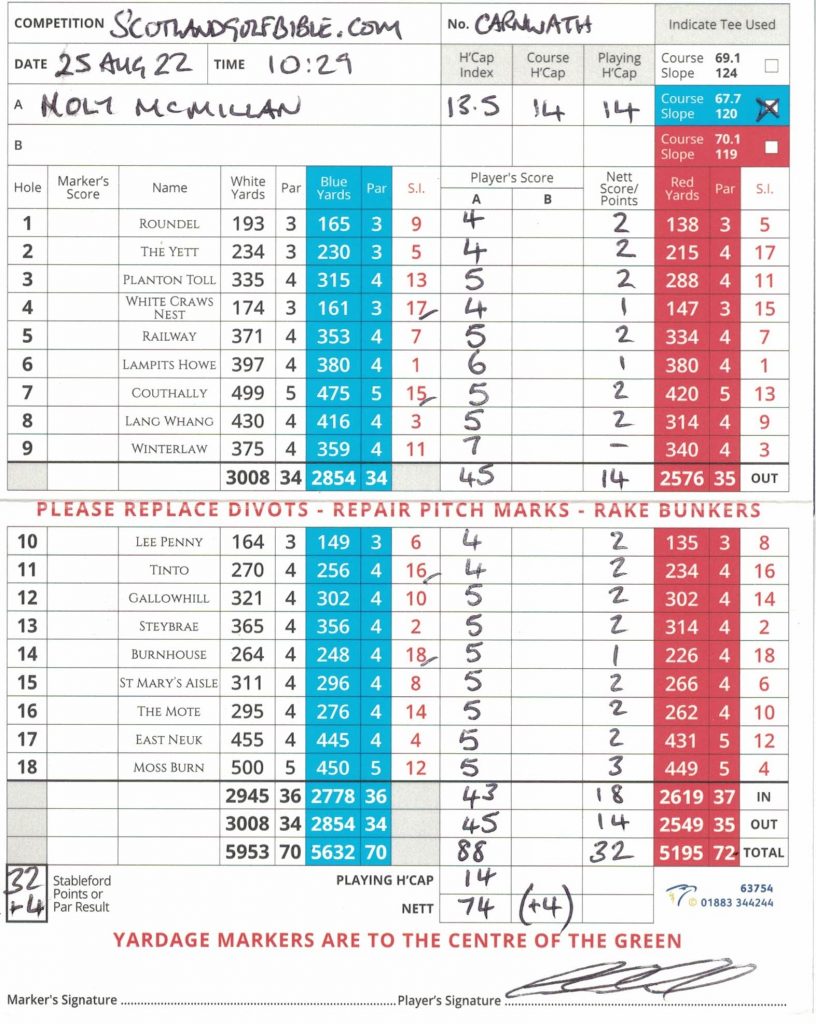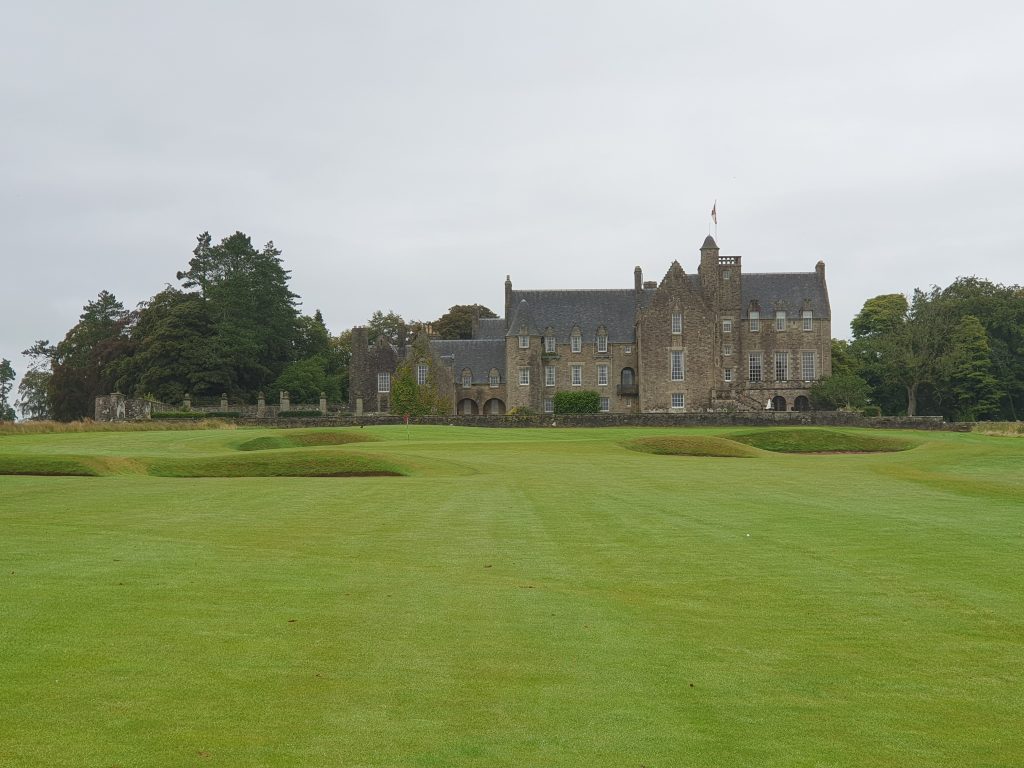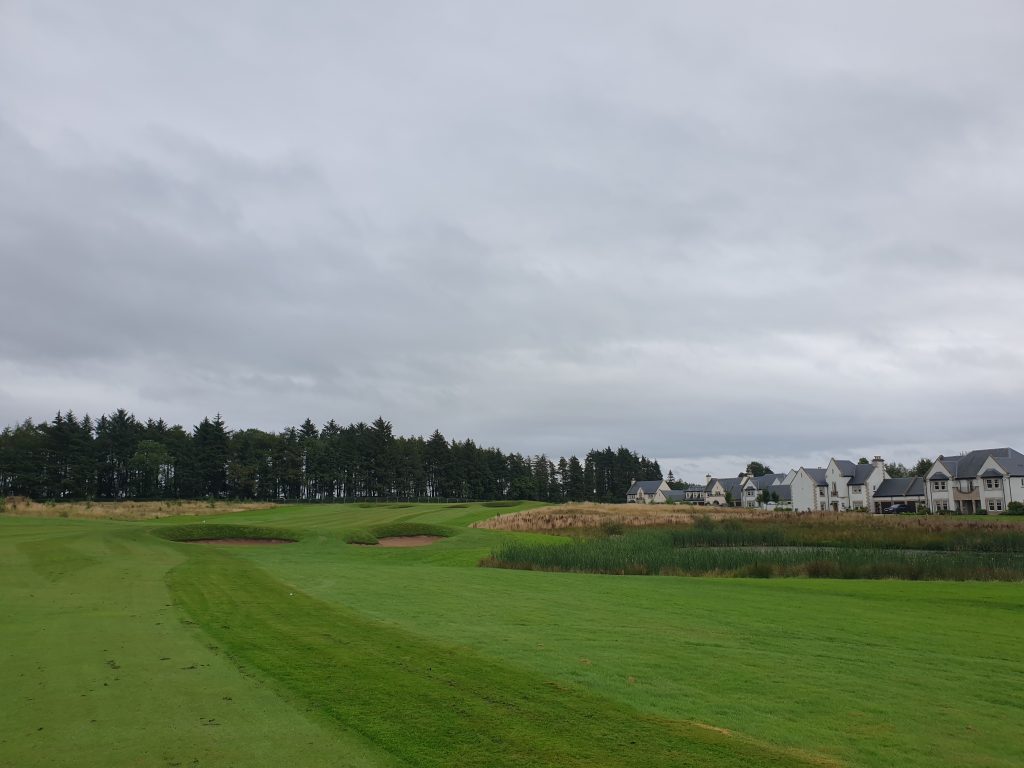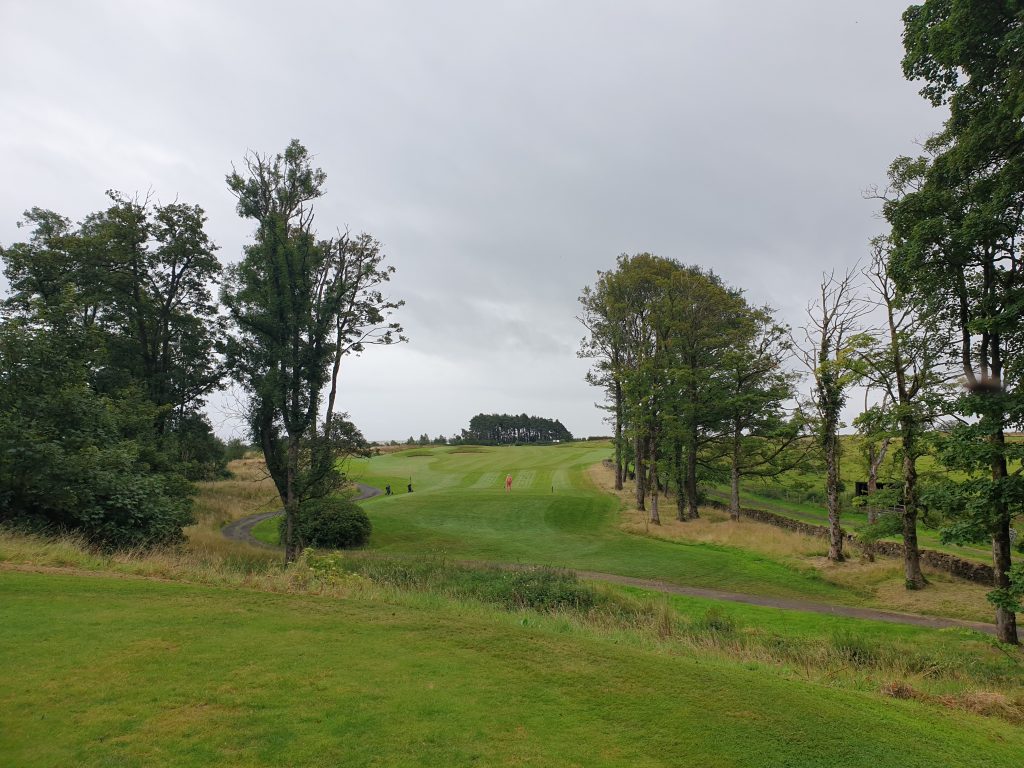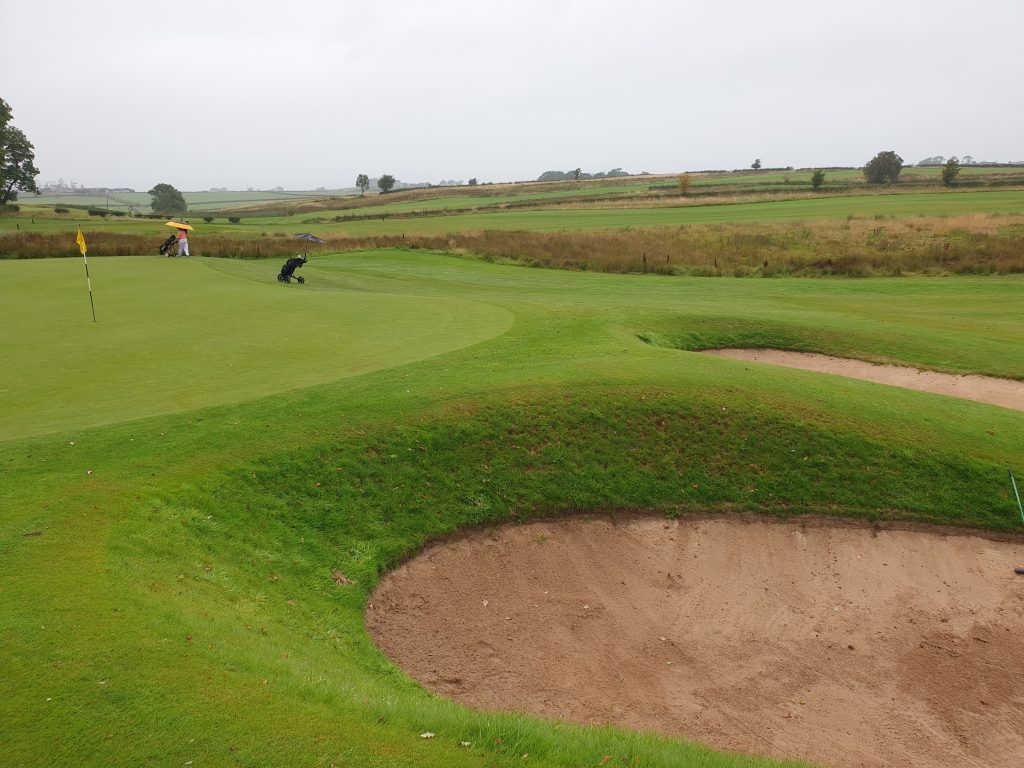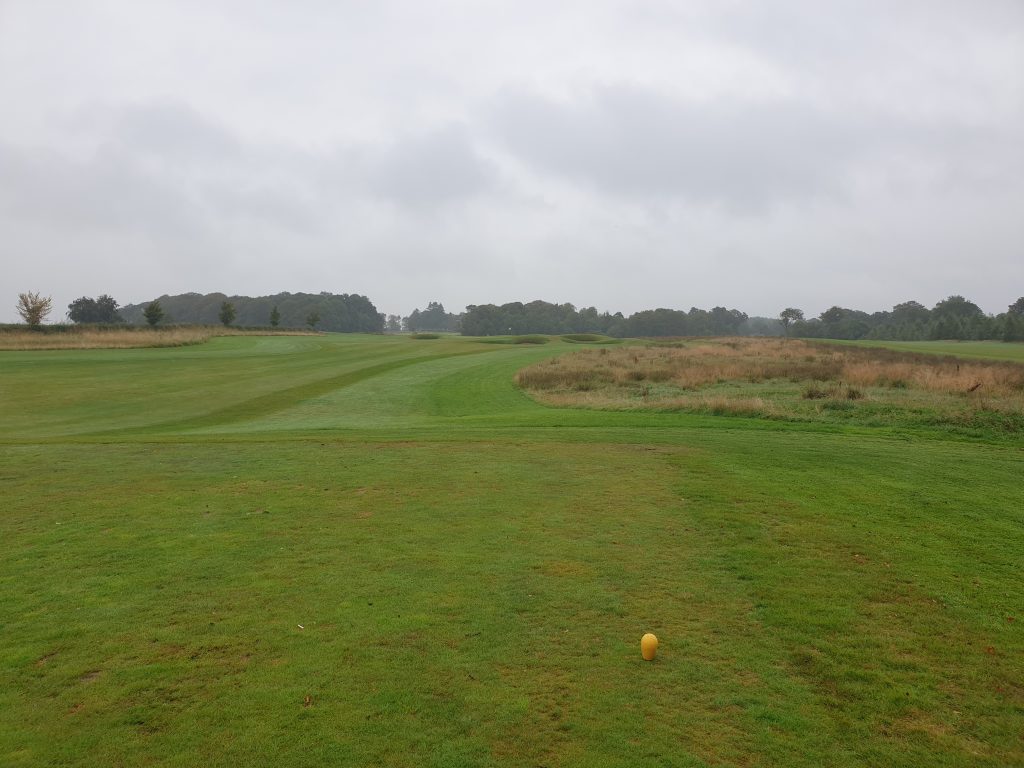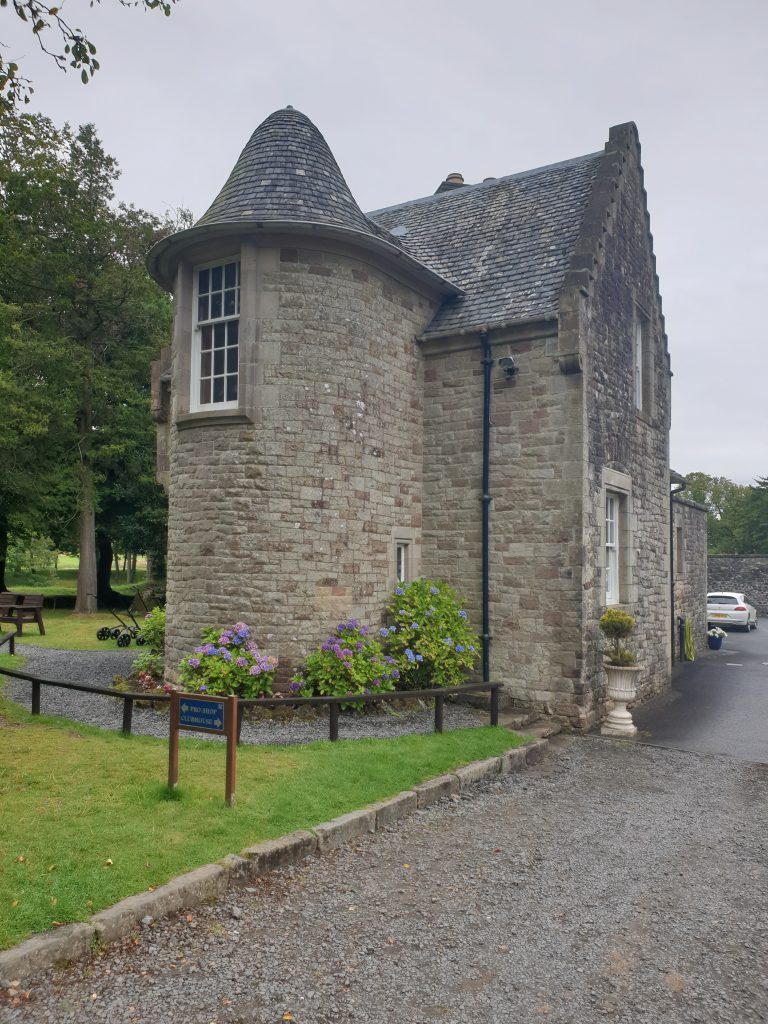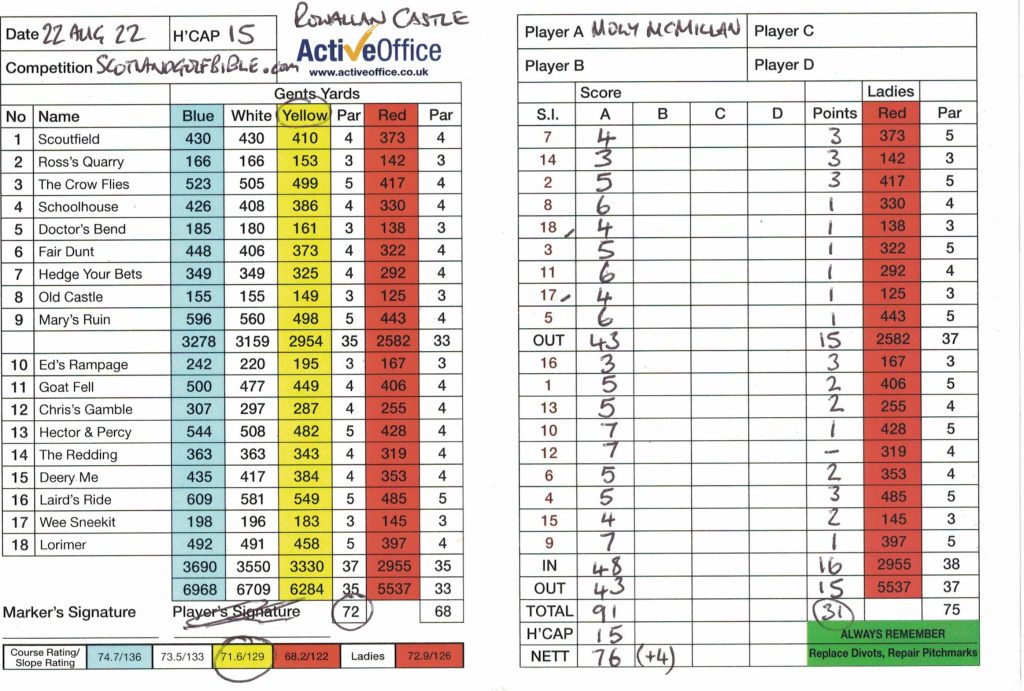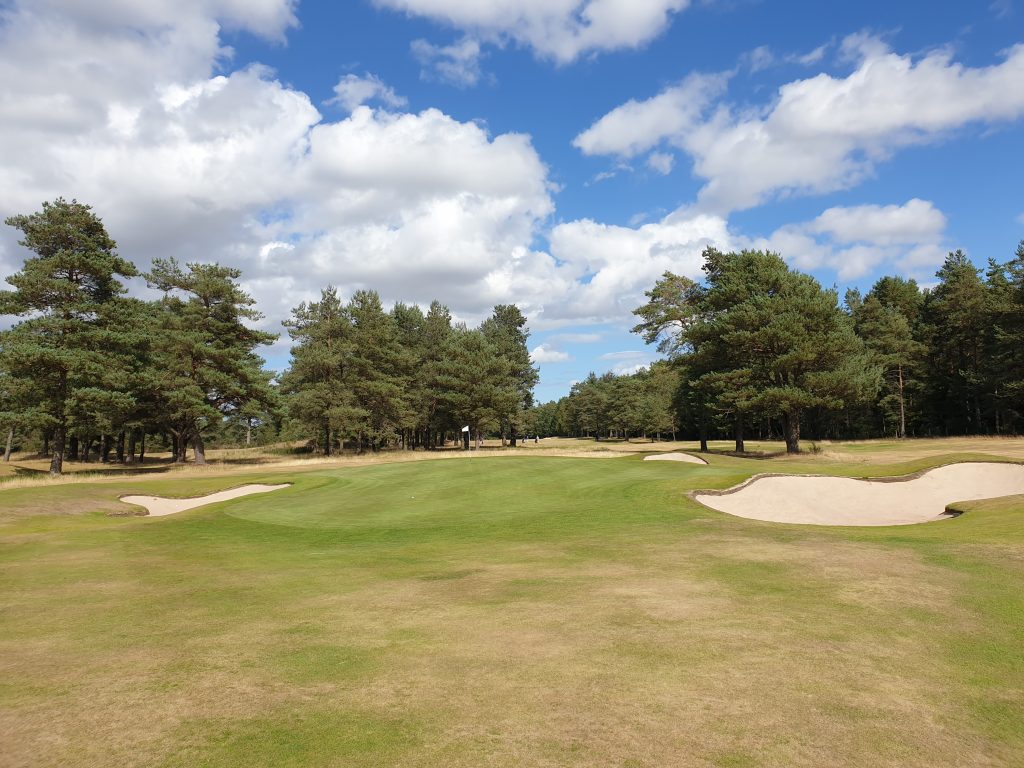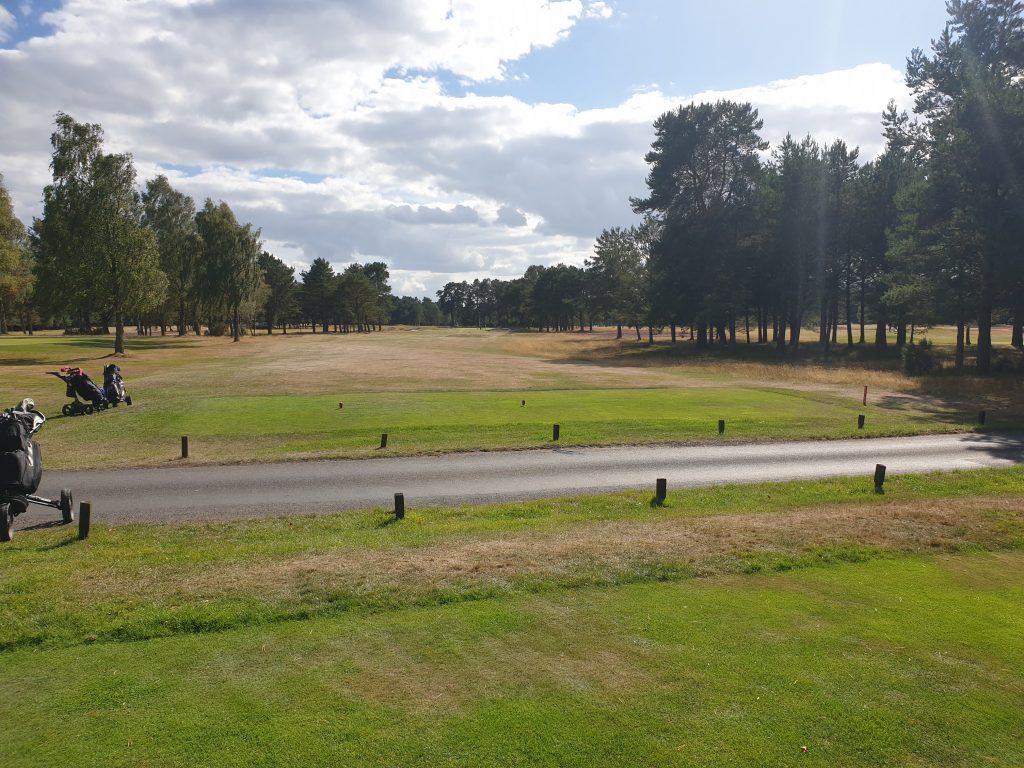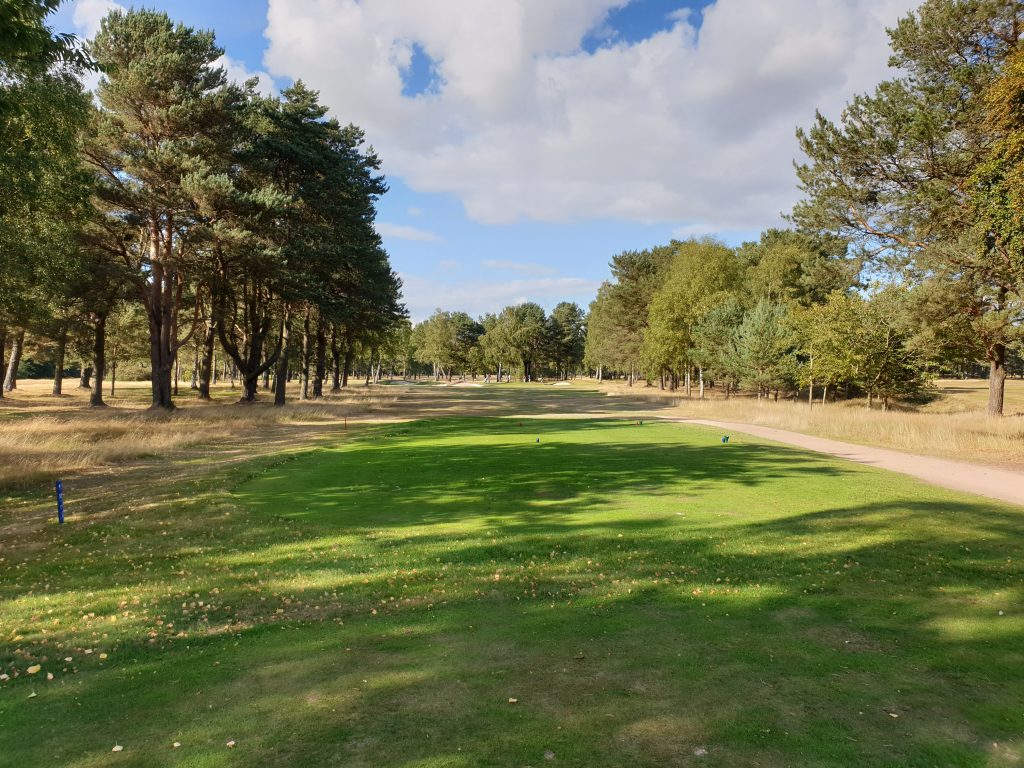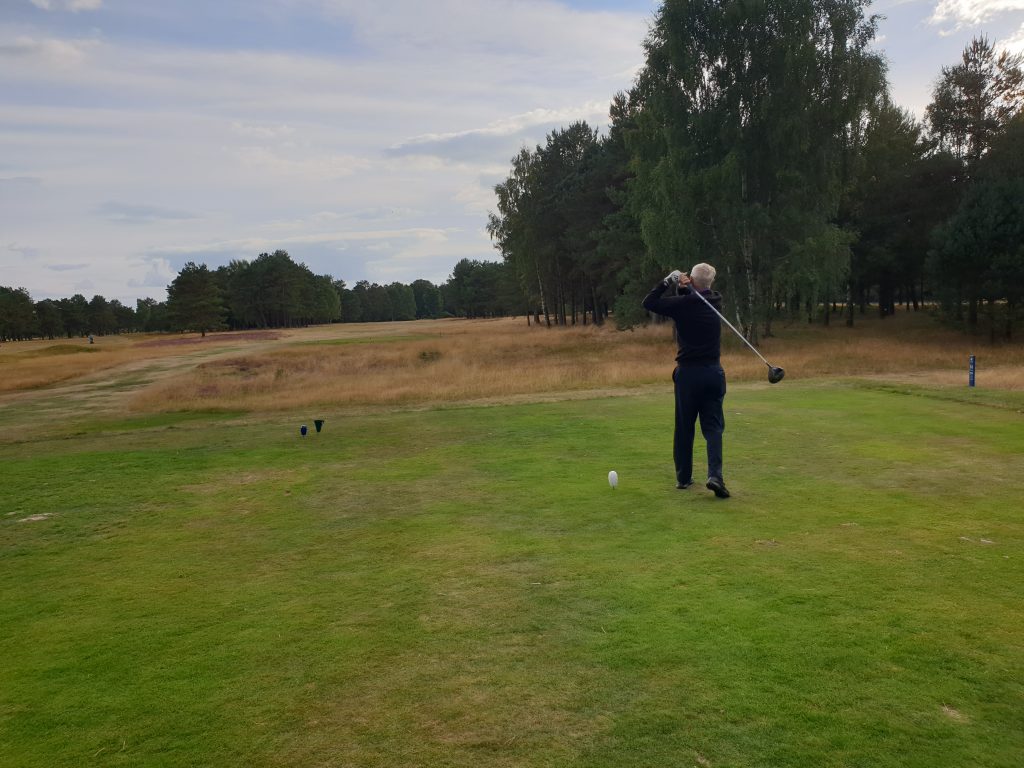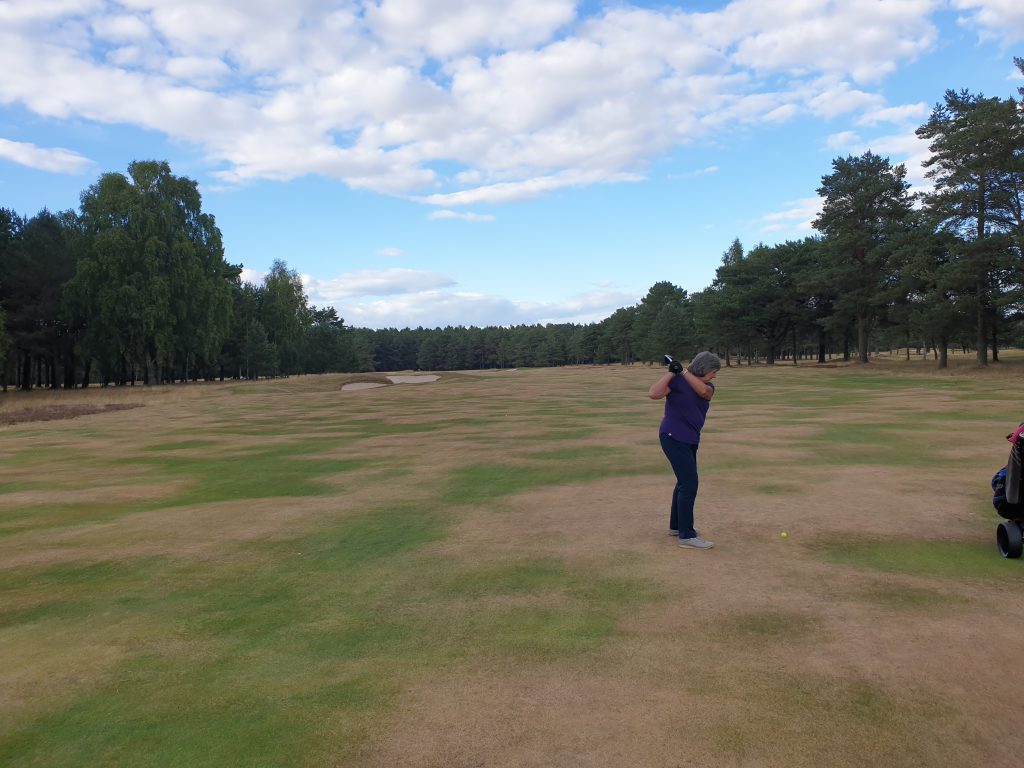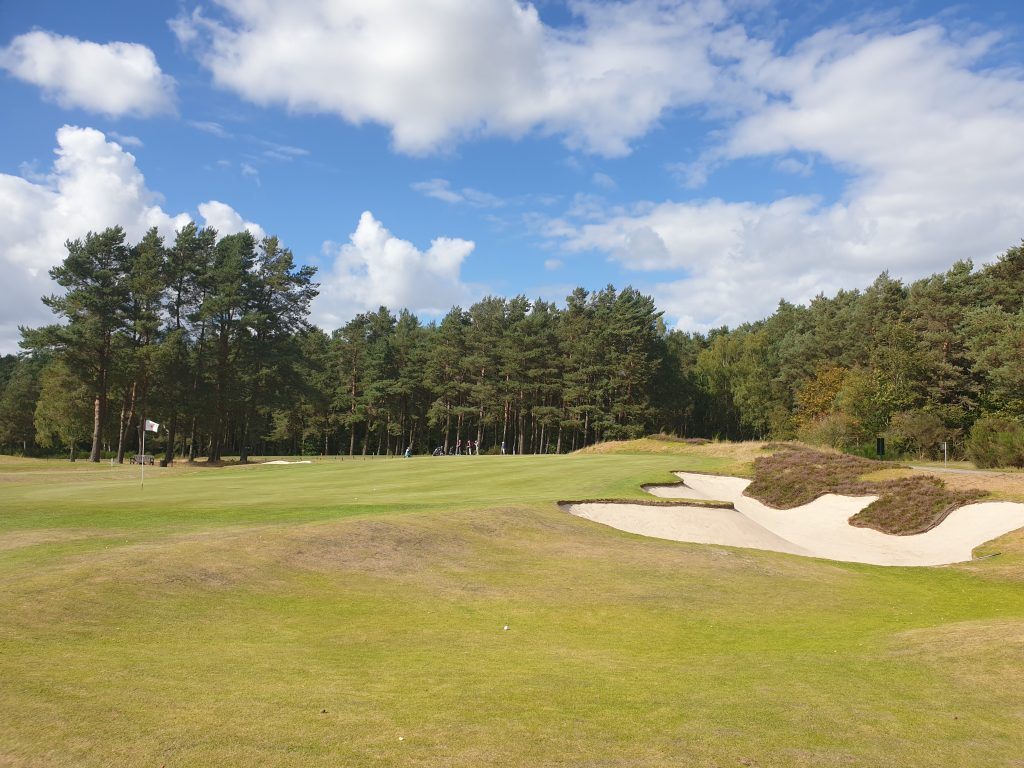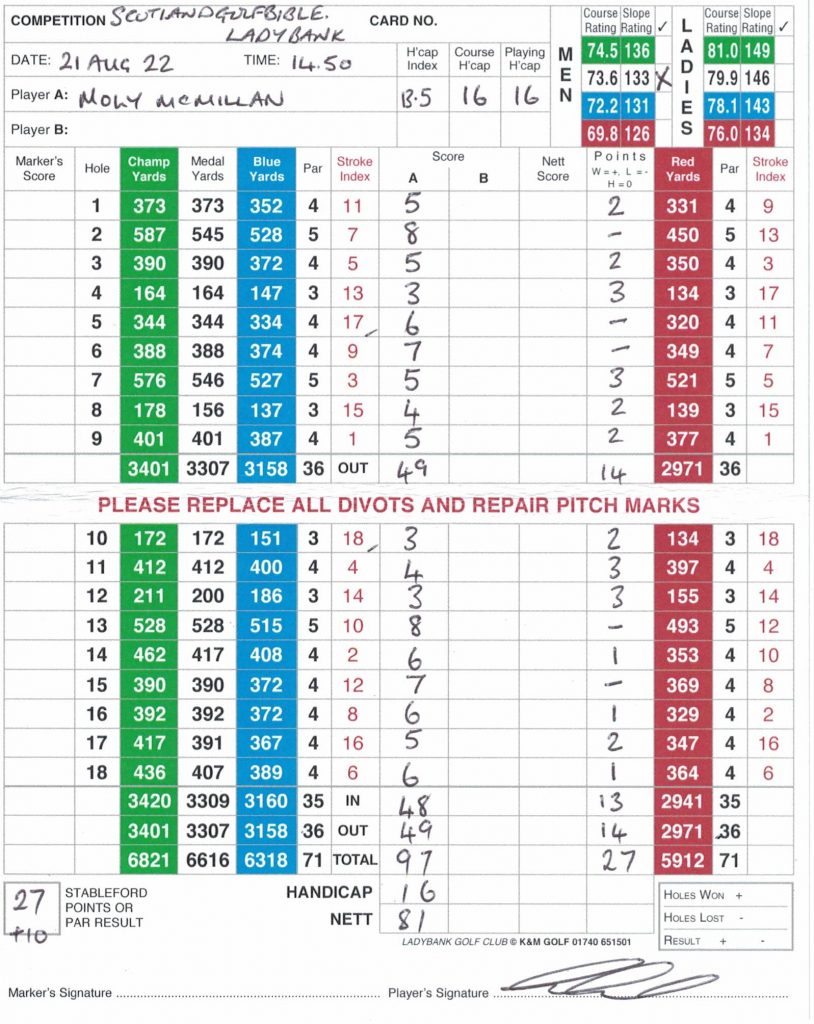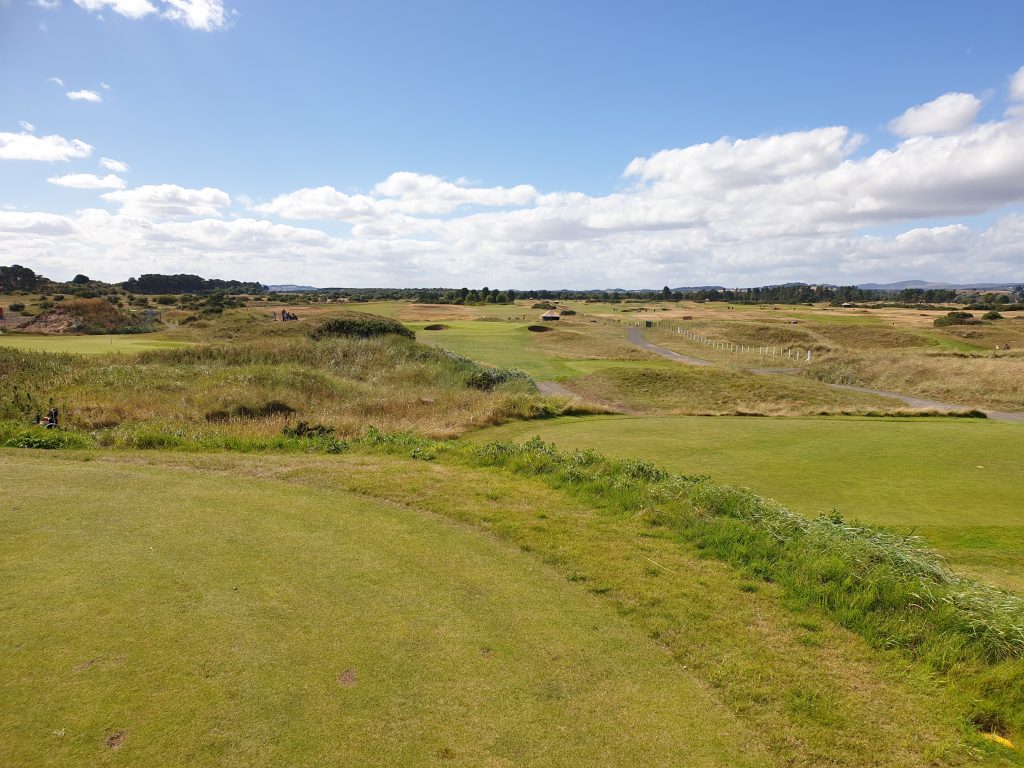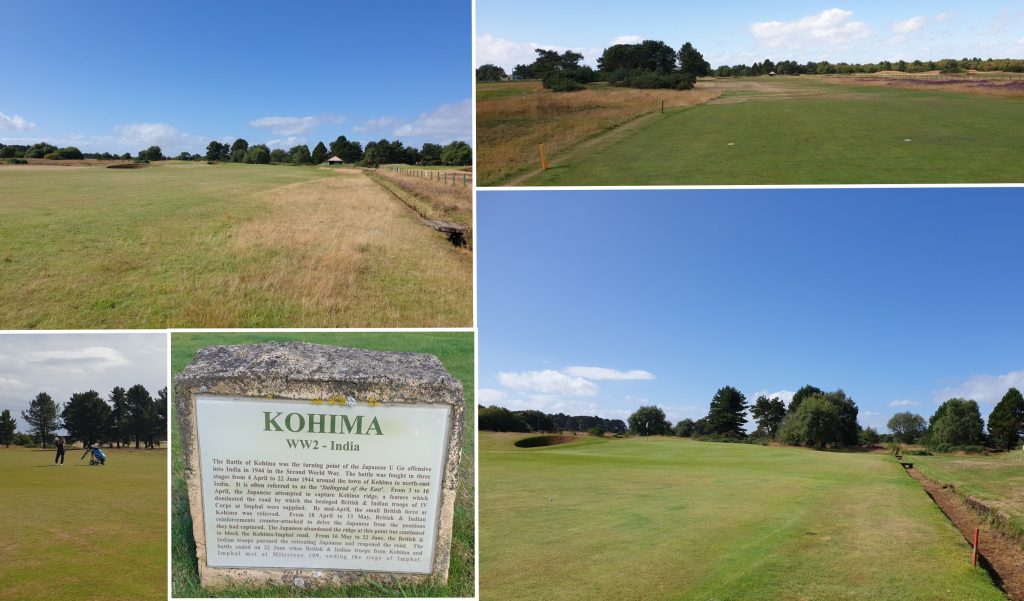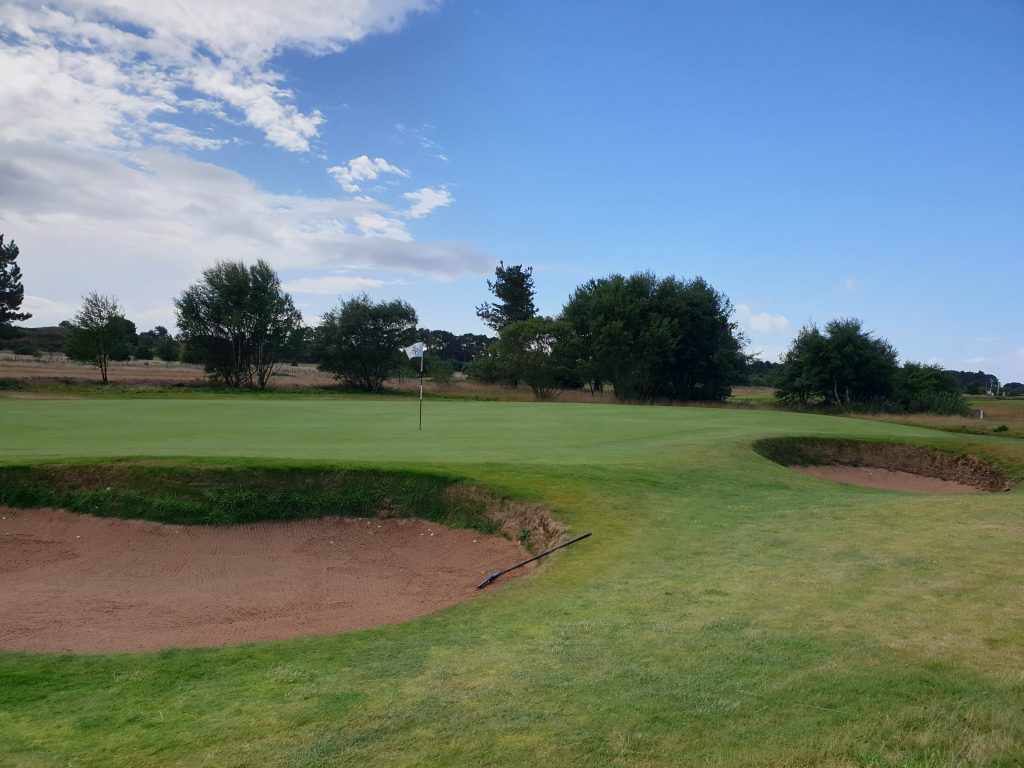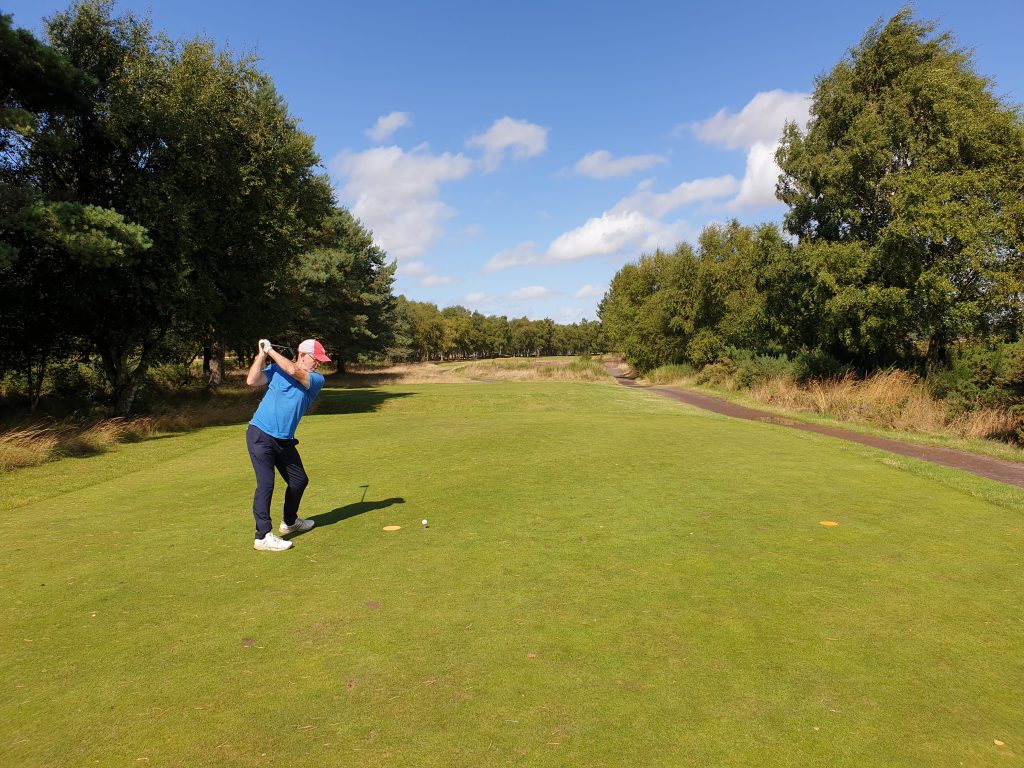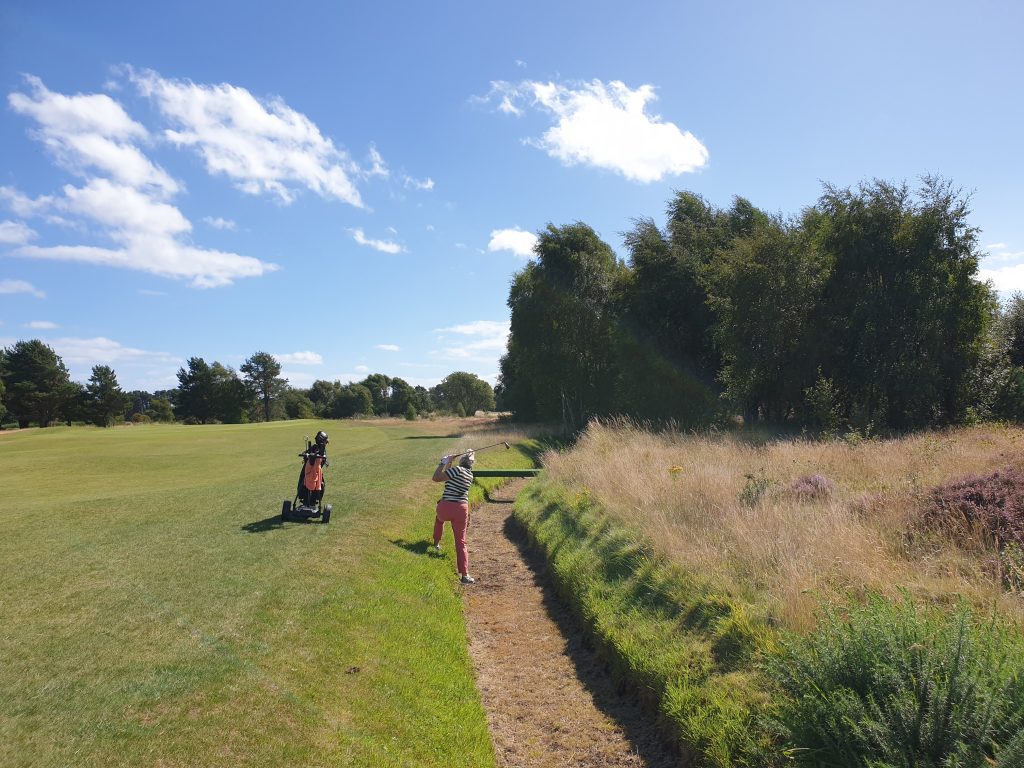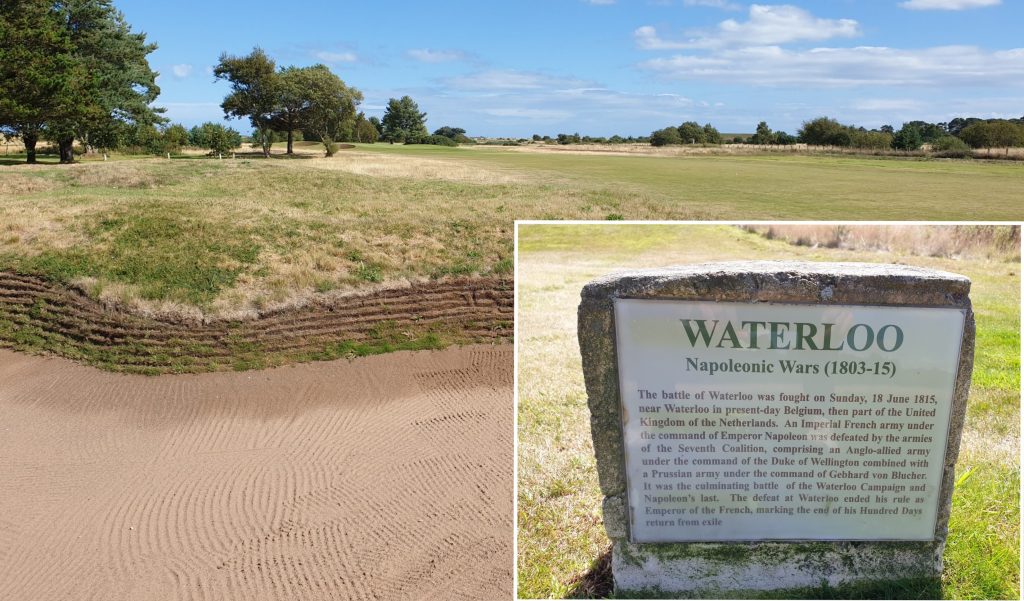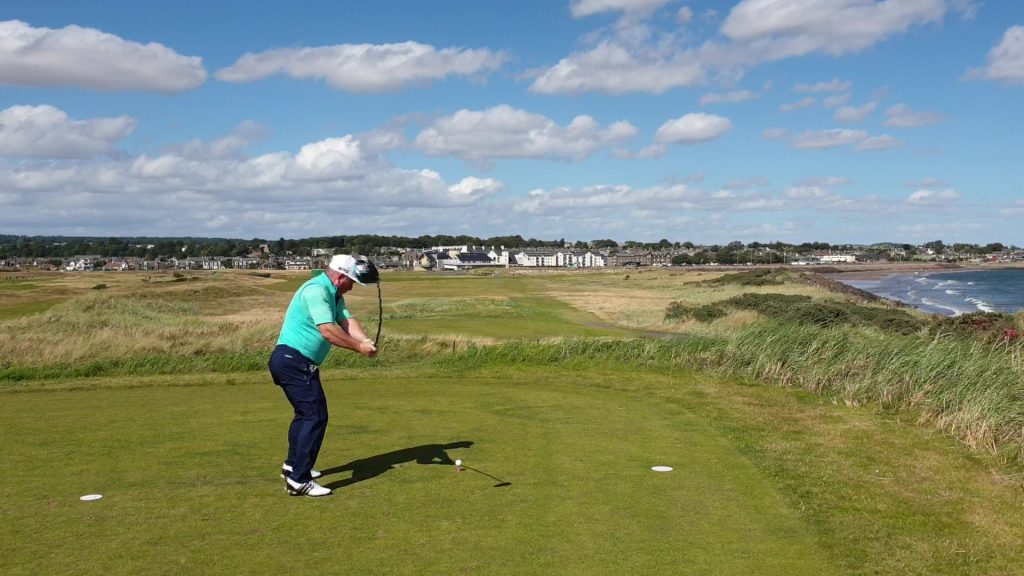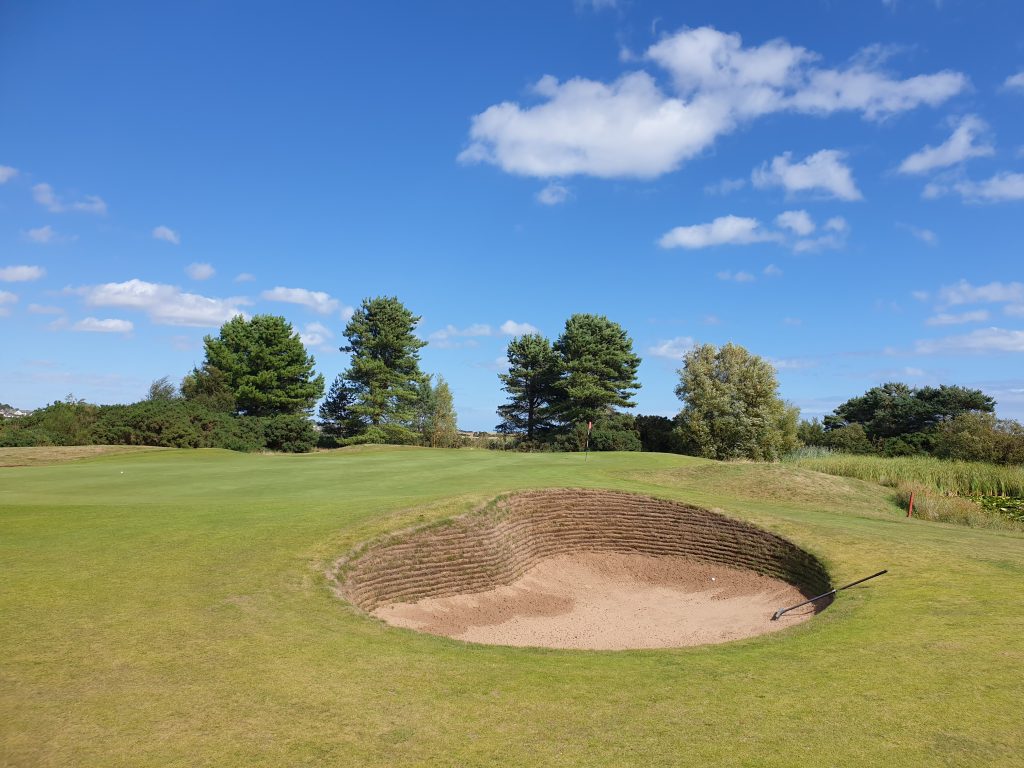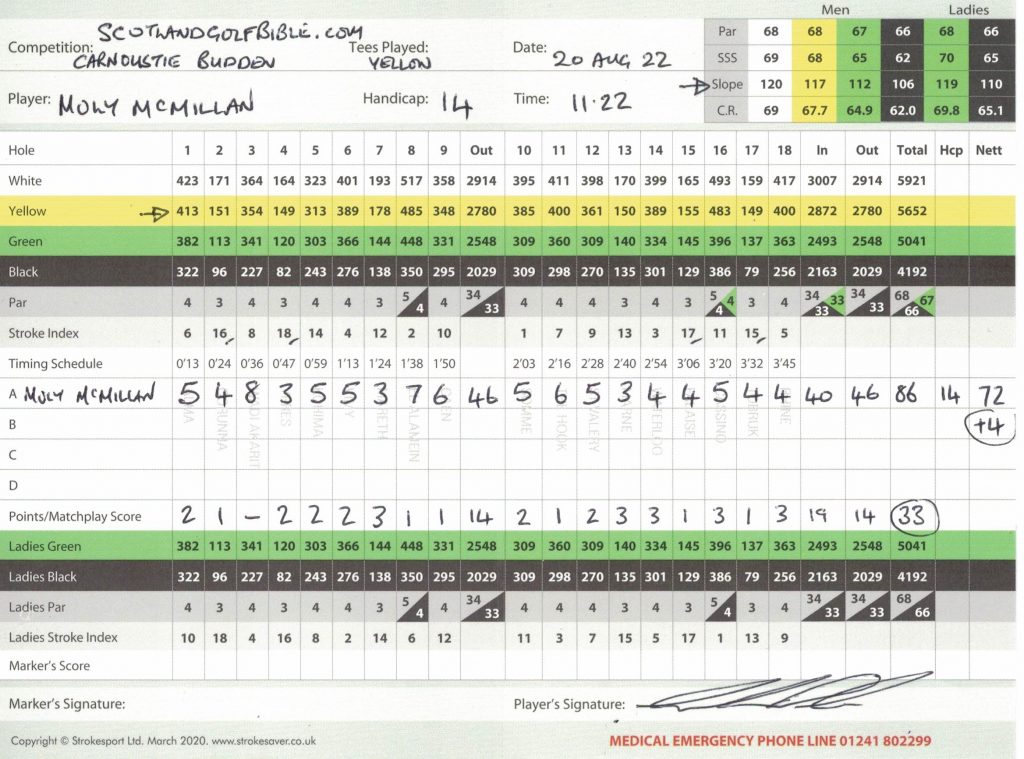Set on Gallow Hill, this course has both outstanding and infamous views.
Round £35. Par 70. Course/Slope Rating (blue) 67.7/120. Value (out of 5) – 4.5
Moly’s score – 88
Reaching the sixth tee at Carnwath, I thought about Alexander McGregor’s book “The Law Killers“, the dark history of murder in the area of Dundee where I was brought up. Some of the book’s killers look out upon Carnwath golf course, from neighbouring ‘Carstairs’, the State Mental Hospital. I wondered if any ‘patients’, had been golfers and, if so, whether seeing a course through their barred windows improved or worsened their existence.
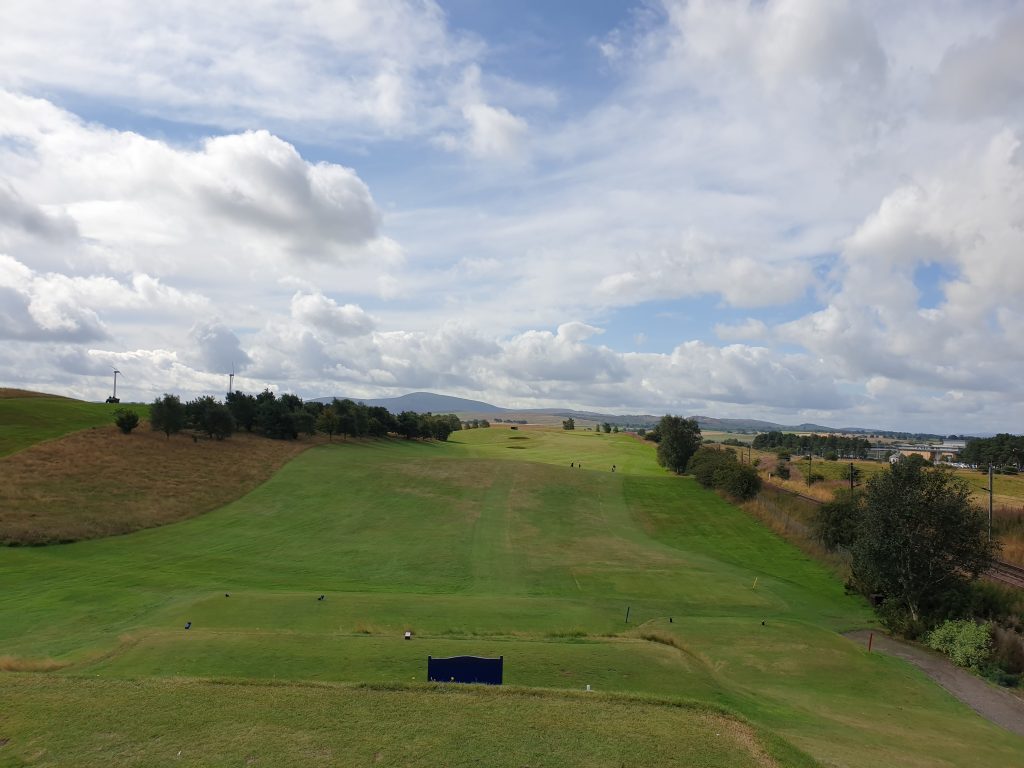
Carstairs was completed in 1939, more than 30 years after the golf course opened in 1907, designed as a 9 hole layout by Willie Auchterlonie of St Andrews. This South Lanarkshire heathland course is great fun with outstanding views all around. It’s easily accessible being about about 30 miles from both Edinburgh and Glasgow.
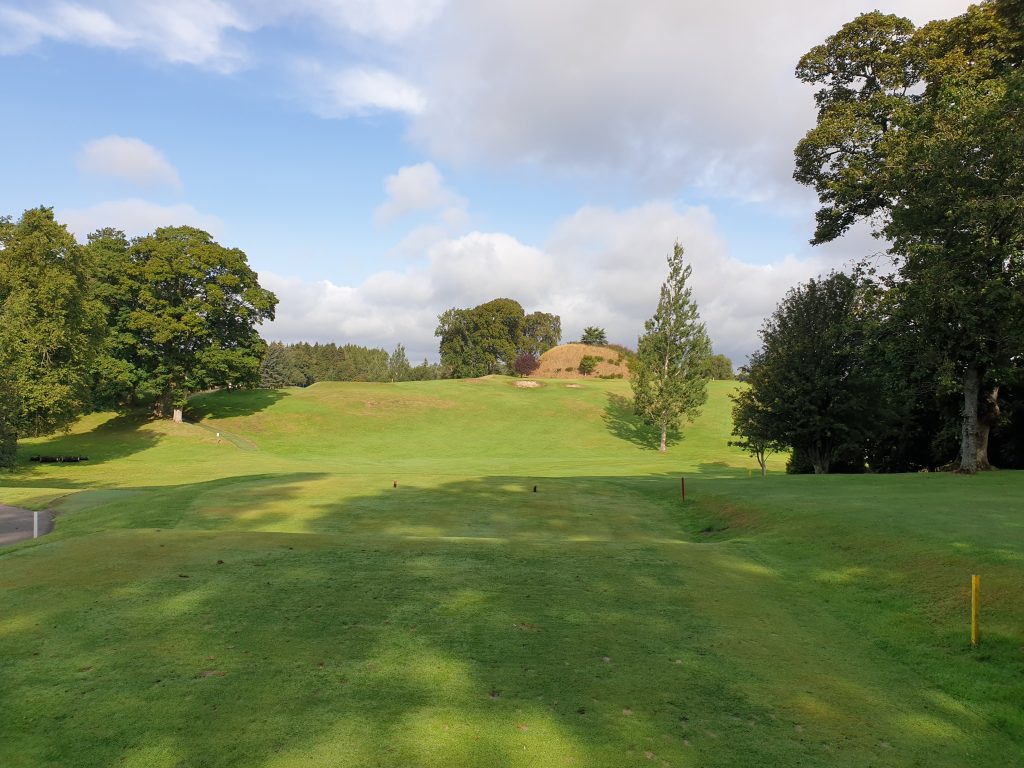
The course, now much changed from the initial layout, became 18 holes in 1963. It was in beautiful condition when I played in fine weather. The tees and fairways were excellent, the bunkers well raked and the greens true and fast, but not too sloping.
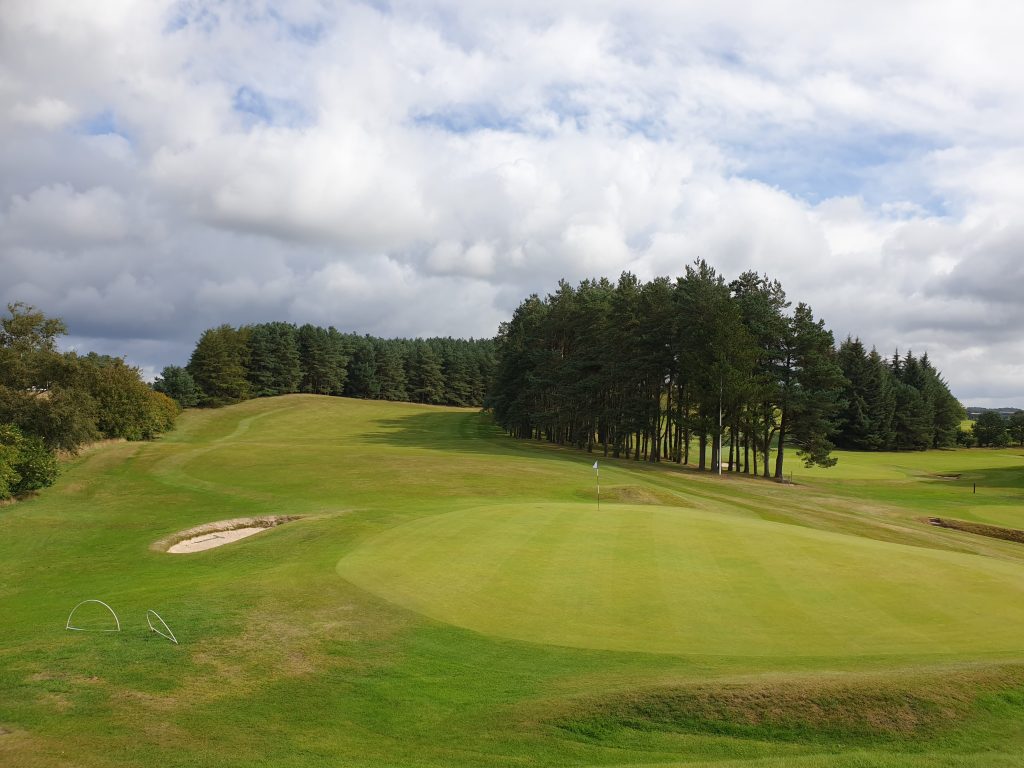
The layout is unusual, with three of its four par 3s, being in the first four holes. With only two par 5s, the course’s variety is added to with dog legs, blind shots and some treacherous and well bunkered plateau greens.

The course sits astride the busy A70, which is quite hazardous to cross over. It is also a tough undulating walk, and plays all of its length, of 5632 yards from the blue (middle) tees, which would normally be coloured yellow.

At only £35 for a round it represents excellent value. With wide fairways, it’s no surprise this is a popular society venue, especially given the outstanding borders views and abundant wildlife. I found the staff in the shop and bar very welcoming.
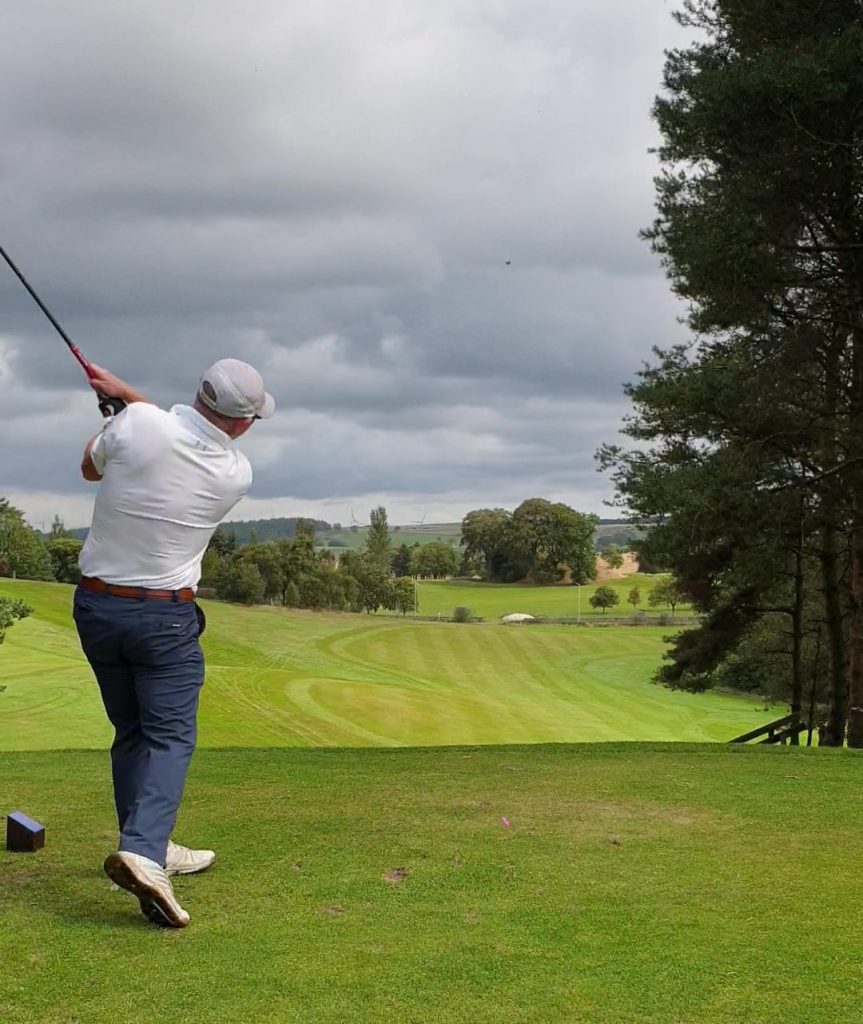
Returning to The Law Killers; the stories of the headless human corpse found in my Dad’s allotment on The Dundee Law, or the murder of three women in my street, is not appropriate here. But the irony of the golf course and State Hospital being built on Gallow Hill can’t go unstated, since in bygone days, patients in Carstairs would have looked upon a Gallow of rather different construction.
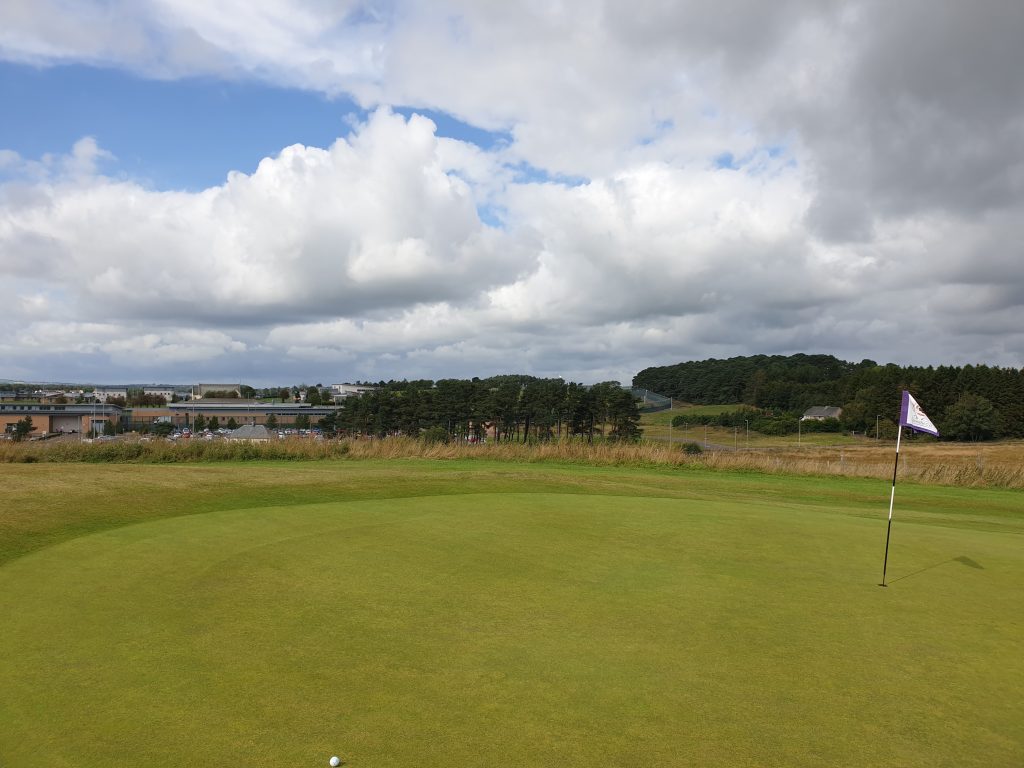
Facts:
Course Type: Heathland
Par 70 (2 par 5s, 12 par 4s, 4 par 3s)
Distance (blue): 5632 yards
Moly’s Gross score: 88
